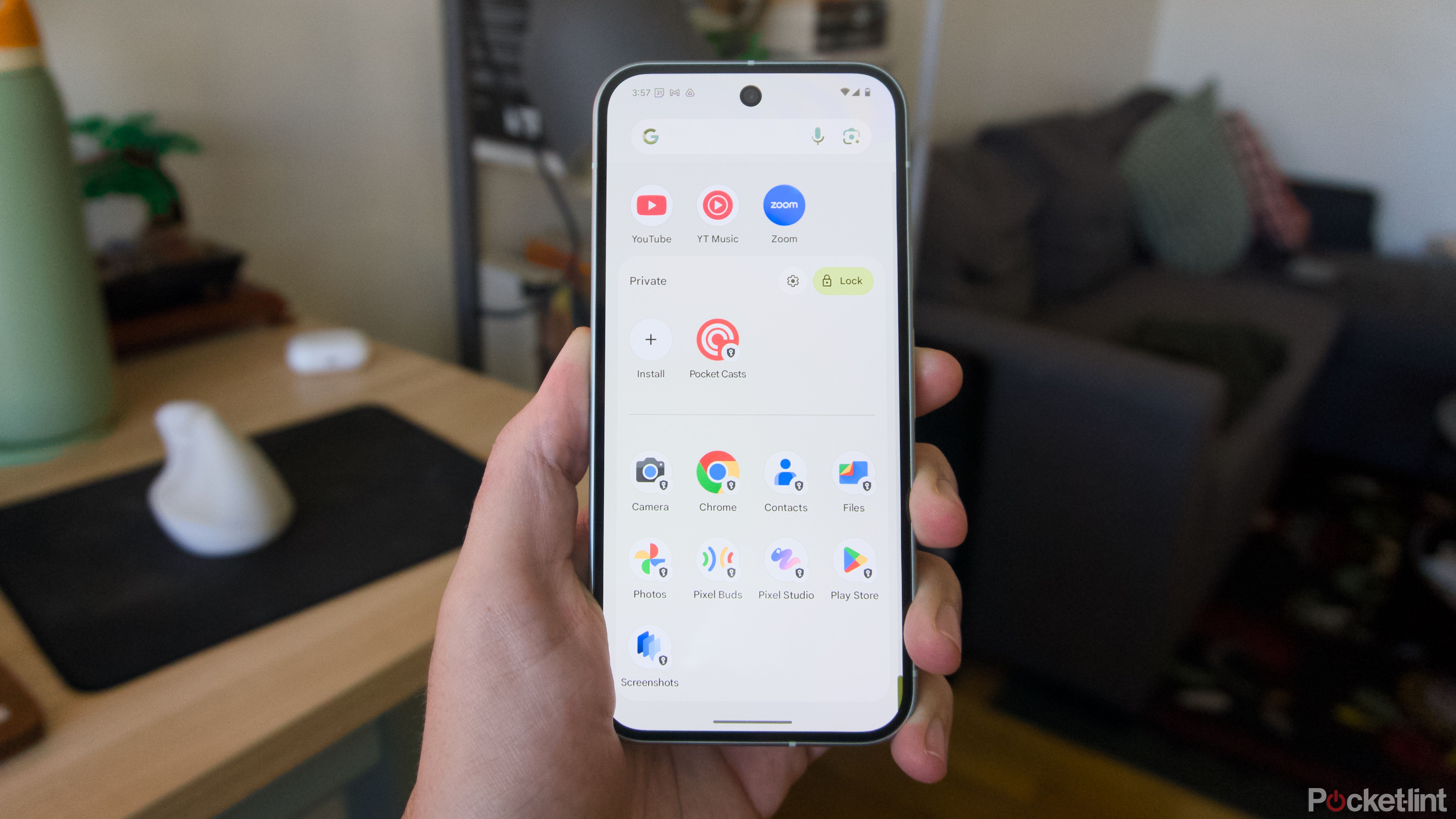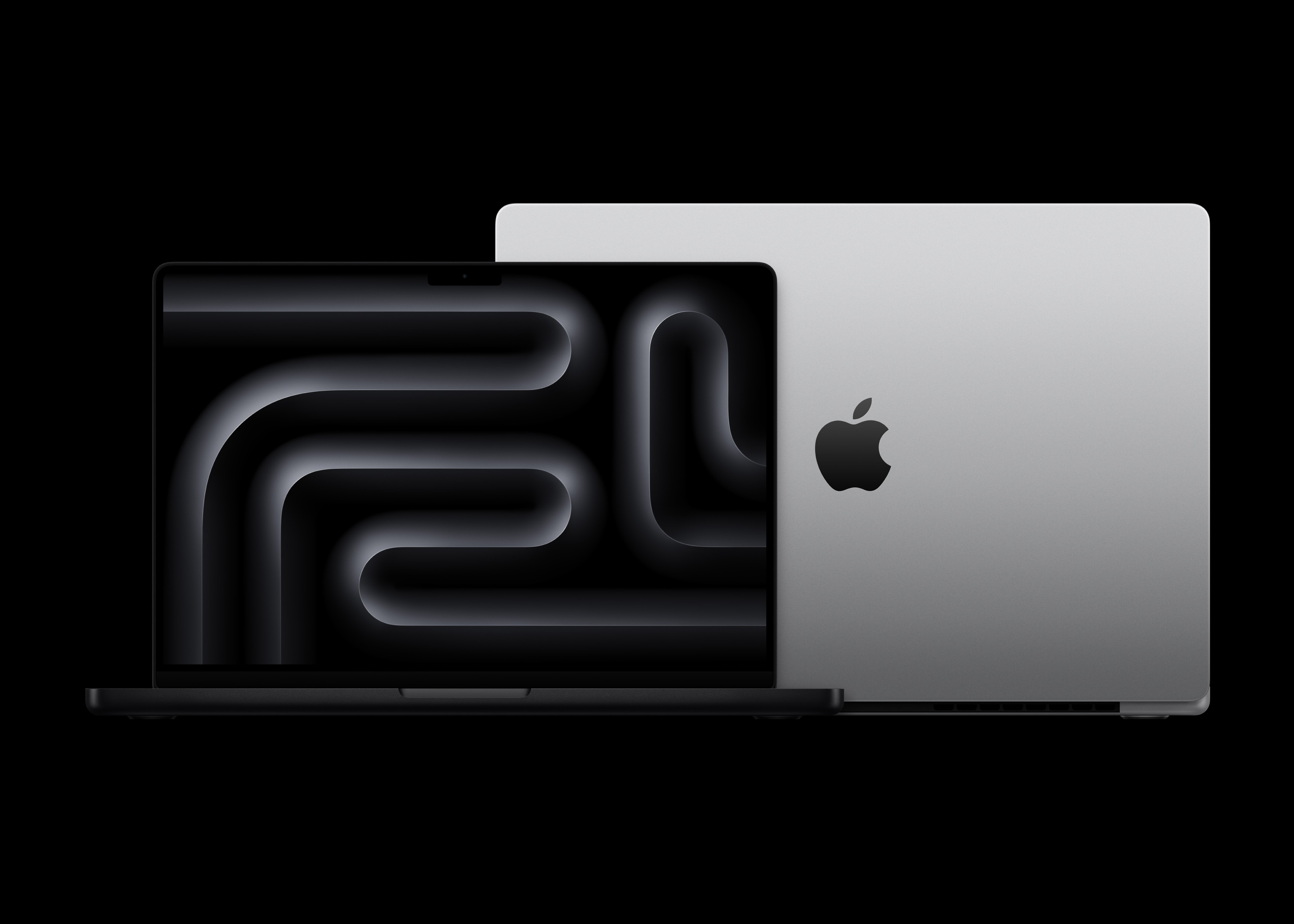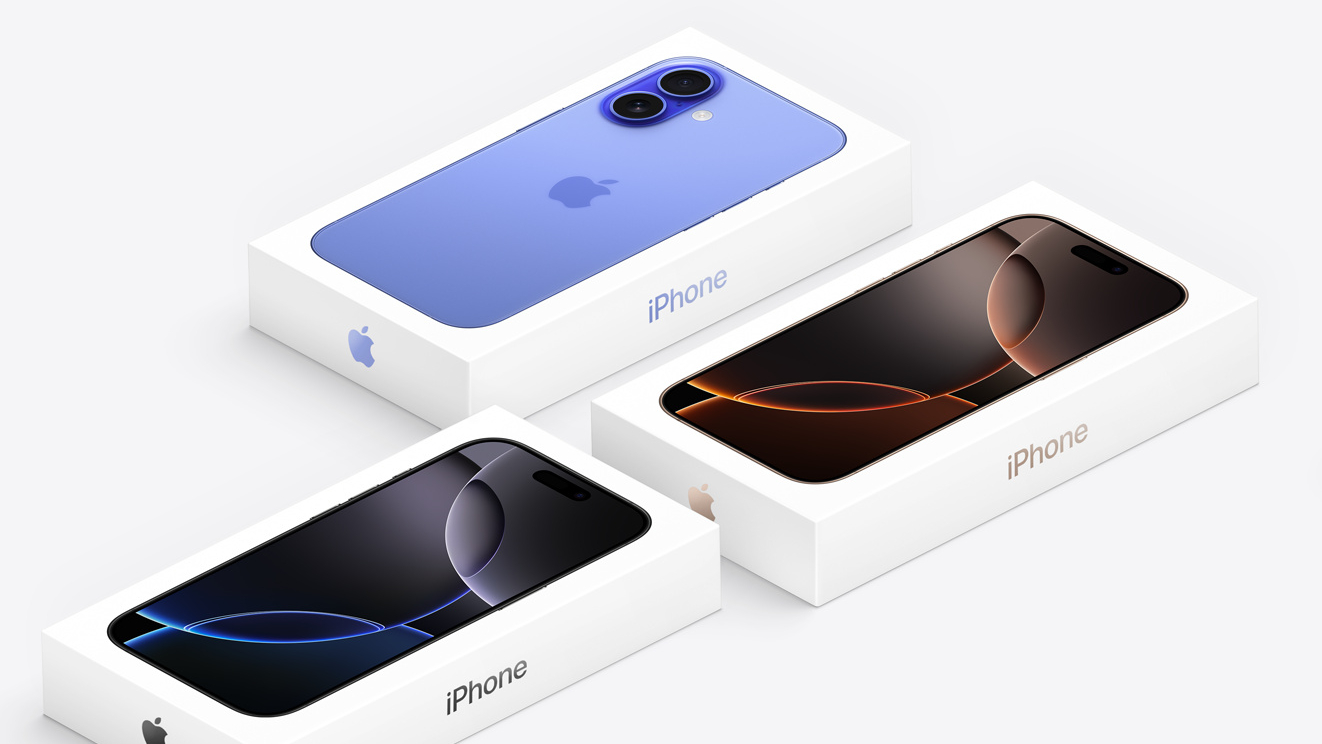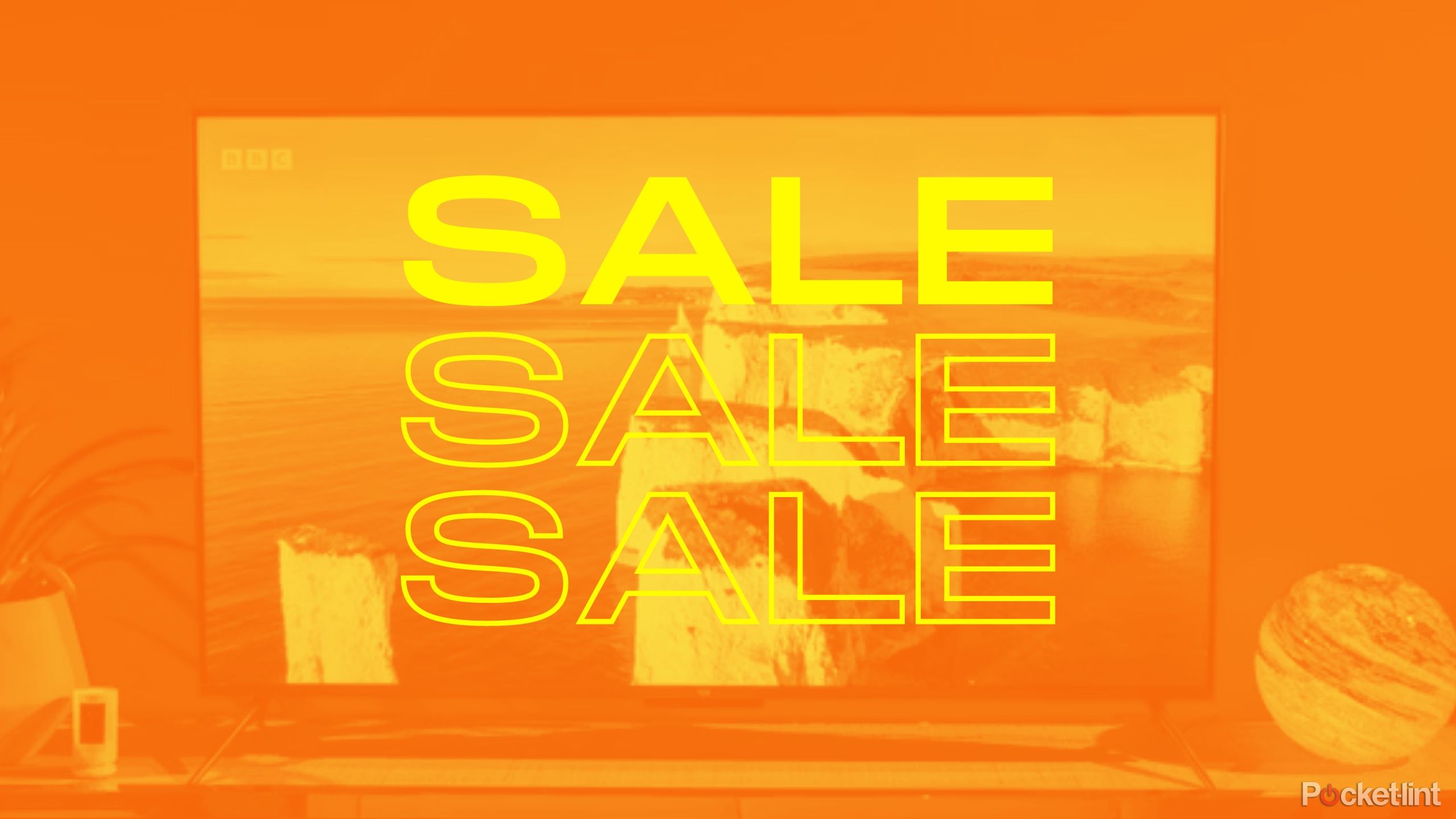Best camera for vlogging? Panasonic G100 vs Sony ZV-1 vs Canon G7 X III
Traditional camera makers are shooting to win in an expanding market sector: vlogging cameras. Where YouTube is king, more makers are looking for better ways to capture themselves and their surroundings in better quality.
We pick three of the best options out there – the Panasonic Lumix G100, Sony Vlog Camera ZV-1, and Canon Powershot G7 X III – to help you decide which makes best sense to buy and why.
Size & Portability
Panasonic Lumix G100: 115.6 x 82.5 x 54.2mm; 412g (with 12-42mm lens)Sony Vlog Camera ZV-1: 105.5 x 60 x 43.5mm; 294g Canon PowerShot G7 X M3: 105.5 x 60.9 x 41.4mm; 304g
Small is sometimes mightiest. While all three of these cameras are small, it’s the Sony that will feel lightest and most portable. There’s not a huge amount in it though.
Sensor Size & Lens
Panasonic Lumix G100Sensor: 20MP Micro Four ThirdsLens: Interchangeable lens mount12-32mm kit lens (24-64mm equivalent)Sony Vlog Camera ZV-1Sensor: 20MP 1.0-inch Exmor RS CMOSLens: 24-70mm f/1.8-2.8 equivalentCanon PowerShot G7 X M3Sensor: 20.1MP 1.0-inch stacked CMOSLens: 24-100mm f/1.8-2.8 equivalent
However, there’s a big reason for the variance in size: sensor size and each lens’ focal length.
Both Sony and Canon models have fixed-in-place zoom lenses, while Panasonic’s G100 is a system camera with interchangeable Micro Four Thirds lenses – which makes it potentially much more versatile (and a bit larger and heavier by comparison).
All three of these cameras house sensors that are larger than an entry-level compact, which bodes well for quality. The Sony and Canon both use stacked 1-inch size CMOS sensors. The Panasonic has the larger scale sensor, however, which ought to mean greater potential when it comes to background blur (bokeh) and overall quality.
The kit Panasonic G100 comes with a 12-32mm pancake zoom – which delivers a 24-64mm equivalent zoom. That’s the same on the wide-angle as the 24-70mm of the Sony ZV-1 and the 24-100mm of the Canon G7 X III. Note that the Canon can zoom the furthest – i.e. make farther away subjects look closer-up in the frame.
Audio, Mic Input
Panasonic Lumix G100: OZO Audio by Nokia (audio tracking / positioning), 3.5mm mic input, micro HDMI outSony Vlog Camera ZV-1: 3.5mm mic input, micro HDMI out, deadcat wind-shield includedCanon PowerShot G7 X M3: 3.5mm mic input, micro HDMI out
A big reason to buy a dedicated camera for video is for its audio abilities. All three of these cameras offer a 3.5mm microphone input, so you can connect an accessory microphone as you please – whether that’s a directional shotgun mic, a wireless mounted mic, or any other number of possibilities.
However, you won’t necessarily always want to use a microphone. It’s here that Sony comes up trumps by including what’s called a deadcat in the box – a fluffy microphone cover that sits up top and stops wind noise from creating those ‘tearing’ sounds.
The most advanced of the lot, however, is Panasonic’s Lumix G100. For the first time in a camera this includes OZO Audio by Nokia, which utilises the three onboard microphones to record in a directional format – you can define whether you want behind, in front, or subject-tracked to be sound source isolated. That’s the real big winner: the system’s autofocus includes face detection which can be audio synched, so as the subject moves through the frame the OZO tech will use the right proportion of microphones to channel that audio isolation. Very clever.
Screen & Viewfinder
Panasonic Lumix G100: 3-inch 1,840k-dot vari-angle touchscreen LCD; built-in 3,680k-dot EVFSony Vlog Camera ZV-1: 3-inch 921k-dot vari-angle touchscreen LCD; no EVFCanon PowerShot G7 X M3: 3-inch 1,040k-dot vertical tilt-angle touchscreen LCD; no EVF
Traditional cameras aren’t great for vlogging on account of their fixed screens. All three of these cameras, however, offer mounted LCD screens that can be repositioned: the Canon’s flips forward vertically; the Sony’s and Panasonic’s are side-mounted and therefore offer even more versatile positioning potential.
In terms of screen resolution the Panasonic is far and away the most resolute – although at arm’s length we doubt you’ll notice a huge difference in this, and actually more dots on screen is just more of a battery drain.
Of the three cameras only the Panasonic has a built-in electronic viewfinder (EVF). This is more for shooting still images or shielding from sunlight to better judge exposure and composiiton – so certainly has its use cases.
Video Credentials
All models: Up to 4K at 30fpsPanasonic: Up to 9mins 59secsSony: Up to 5mins to avoid overheatingCanon: Up to 9mins 59secsPanasonic Lumix G100: 1080p at 60fps (29m 59s maximum)Sony Vlog Camera ZV-1: 1080p at 120fps (29m 59s maximum)Canon PowerShot G7 X M3: 1080p at 120fps (29m 59s maximum)
Being vlogging targeted, all three cameras cater for 4K resolution at 30fps maximum (and with 100Mbps in all cases, ensuring there’s enough data for optimum quality). However, the Sony can only record for half the time compared to the other two to avoid overheating – and even then the Canon and Panasonic max out at 10 minutes at this resolution.
If you’re looking for Full HD recording to up your recording time, save on bandwidth, storage space, and editing processing pressures then all three cameras can cater for 1080p too.
Slow-motion is best handled by the Sony, with Full HD at 240fps/480fps/960fps available. The Canon offers 120fps slow-motion. The Panasonic’s spec sheet says 120fps sensor output is possible too – but that in-camera capture is 60fps.
Stabilisation
Panasonic Lumix G100: 5-axis hybrid stabilisation (4-axis for 4K video)Sony Vlog Camera ZV-1: Steadyshot for Movie hybrid stabilisationCanon PowerShot G7 X M3: 5-axis Advanced Dynamic IS & Auto Level
Stabilisation is important when it comes to video. Although you may wish to buy a handheld gimbal for extra stabilisation for those ultra-smooth video results.
All three cameras offer hybrid stabilisation systems – that’s to say there’s optical lens-shift working in tandem with electronic stabilisation (using a portion of the sensor as a buffer to counter motion). We’ve not tested these three side by side so can’t say which is best of the bunch.
Conclusion
The big question: which one to choose? Well, if price comes into the equation then the Sony is the priciest of the lot. That might be a bit of a surprise when the Panasonic offers a more advanced audio isolation system, has a larger sensor size, and interchangeable lenses.
If size is your biggest concern then the Sony is the lightest of the bunch, which helps in terms of portability. It’s also got the most muscle when it comes to slow-motion options – although its 4K capture is more time-limited than the other two.
The decision, as they say, is yours.




